
Developer: Terrible Posture Games, Nerd Ninjas
Publisher: Bandai Namco Entertainment
Platform: PC, Switch
Tested on: PC
Battle Train – Review
It’s often said that five-year-old boys will pick between trucks, trains, and dinosaurs and base their entire personality around their choice. This reviewer was— and in many ways, still is — a dinosaur kid, but our inner five-year-old definitely appreciates what Battle Train has to offer. There are beefed-up trains, cartoon villains, and over-the-top explosions! What more could you ask for? Well, good gameplay, of course. Let’s hop aboard Battle Train and see if it can deliver on that front too.
Story
Welcome to Battle Train, a fictional game show where contestants compete in explosive train battles to earn the right to challenge the reigning champion. As game show host Hank explains, said champion is none other than the undefeated, egomaniacal Supreme President Conductor Aalvado. Players take on the role of contestants on the show and face off against a series of colorful bosses. The setting provides a good framework for Battle Train’s narrative, with cutscenes presented as segments on the show, like contestant interviews and confessionals, as well as behind-the-scenes drama. The game puts an uncharacteristically large focus on its narrative for a roguelike, with game progress being gated by story content. In fact, the narrative focus directly ties into the game’s overall pacing, and not necessarily in a positive way; more on that when we get to Battle Train’s gameplay. Fortunately, the game’s cartoon humor is one of its stronger suits, with genuinely funny writing and memorable characters.
Graphics
The exaggerated cartoon style is one of Battle Train’s strongest suits. The bright colors and bold character designs are reminiscent of a Saturday morning cartoon show. This aesthetic fits both Battle Train’s comedic narrative and its fast-paced gameplay. The themed bosses are highlights, with strong, well-defined designs. Contrasting with this are the majority of the contestants. While these do fit with the game’s art style, they represent average Joes and Janes. As a result, they come across as very generic. This does make sense within the narrative, where insignificant contestant after insignificant contestant bites the dust against Aalvado. Despite the chaotic atmosphere present in villain designs and cartoon cutscenes, Battle Train boasts a surprisingly clean and readable UI. This is certainly a plus, as it makes the gameplay feel a lot more intuitive. The game’s visual performance is generally good too, although we did notice the occasional hiccup in the game’s animations while the opposing AI was planning its next move.
Sound
With strong voice acting that matches character energy and a soundtrack fitting of the game show setting, Battle Train’s soundscape ties everything together nicely. Aalvado is the star of the show here, with a hammy, theatrical performance, but other characters like Aalvado’s eternal rival, Todrick the Turtle, show host Hank, and producer Joice bring distinct voices and comedic timing. The generic contestants are the weak link when it comes to voice performances, but this again fits with the way they are presented. The game’s music underscores the zany tone of the game while keeping momentum during battles and story scenes. A really nice touch is the use of jingles and musical cues to reinforce the game show theme. Rounding things out is a set of sound effects that reinforce the game’s chaotic, comedic tone, including the obligatory explosion sounds.
Gameplay
Combining deck-building and roguelike mechanics with grid-based tactical gameplay, Battle Train tasks players with destroying enemy outposts with weaponized trains. Each run is procedurally generated, with branching paths, boss fights, mini-games, shops, and story scenes. After picking your contestant, each of which offers a unique pre-set starting deck of cards, you must try to reach and defeat Aalvado. This is done by engaging in a series of battles, where you and your opponent use cards to create a train track or to sabotage the efforts of the other player. Once you’ve successfully completed a track to the enemy’s outpost, you launch your train at it to deal damage. If you can completely destroy the outpost, you claim victory.
Defeating a boss earns you new parts with which you can modify your train. After this, you can move to the next node on a branching map, inching closer to victory. Using your cards requires Minerals, which need to be harvested by connecting your tracks to nodes on the battlefield. This means that simply building the shortest route usually isn’t the best strategy, with resource management playing an important role as well. There is a wide variety of cards that let you manipulate the situation to your advantage, including blockades and terrain shifts, buffs, and, of course, more explosives. You can even connect your own track to that of your opponent to hijack it, which opens up all sorts of strategic opportunities.
The core battle mechanics are intuitive and accessible, which makes it a shame that Battle Train’s overarching narrative structure undermines the overall gameplay experience. Progress in the game is tied to specific nodes that let you continue Battle Train’s story. Reaching Aalvado in your first run is literally impossible, no matter how good you are at mastering the game’s mechanics. The required story nodes appear randomly on the map, owing to Battle Train’s procedural generation. You’re forced to take specific paths to hit story nodes, removing strategic choice from pathing, and sometimes being forced to end a good run prematurely as a result. Fortunately, cutscenes tied to subsequent runs can be skipped. No matter how enjoyable the humor is, hearing the same jokes over and over can get tiring rather quickly.
Supplementing the core train battle gameplay are puzzle-like minigames, which let you earn rare and powerful cards to add to your deck. These offer a break from the battles, while letting you engage with the game’s core mechanics risk-free. For example, you might be tasked with building a track to a treasure chest with a limited number of track cards. Another type of mini-game is similar to Battleship, and lets you use card effects to find and destroy hidden objects.
While Battle Train has an enjoyable gameplay core, the game’s narrative-tied structure ends up making the game feel like it overstays its welcome. Ironically enough, this is something that could’ve been easily remedied by adding a supplemental Endless mode that removes the story content and focuses purely on the roguelike gameplay. Despite the strong presentation and enjoyable humor, Battle Train has very little replay value as it stands, because the story gets in the way of itself. A PVP mode would’ve also been a welcome inclusion, as the battle mechanics do lend themselves to this. What’s present here in terms of gameplay remains fun enough to justify the €19.99 price tag, but it’s unlikely that you’ll return to Battle Train after you’ve made Aalvado bite the dust.
Conclusion
The strong focus on narrative turns out to be a double-edged sword for Battle Train. The game show setting makes for a very suitable framework in which the zany cast can showcase their antics, but Battle Train’s insistence on tying game progression to story progression hurts both replay value and overall pacing, which is essential for roguelikes. The core gameplay experience of grid-based train battles is fun while it lasts, but once you get off at the final station, there is very little reason to ride Battle Train again.

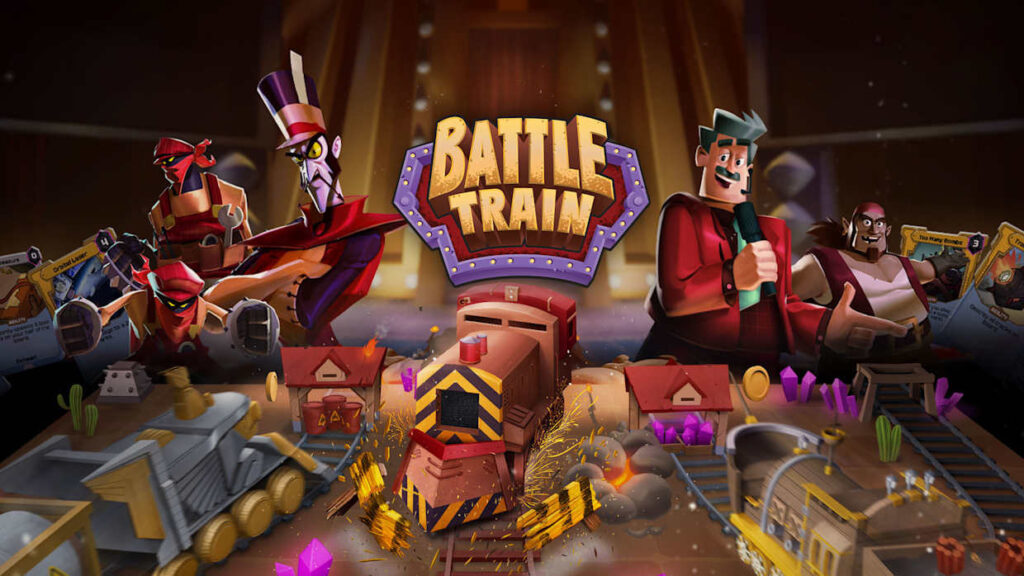
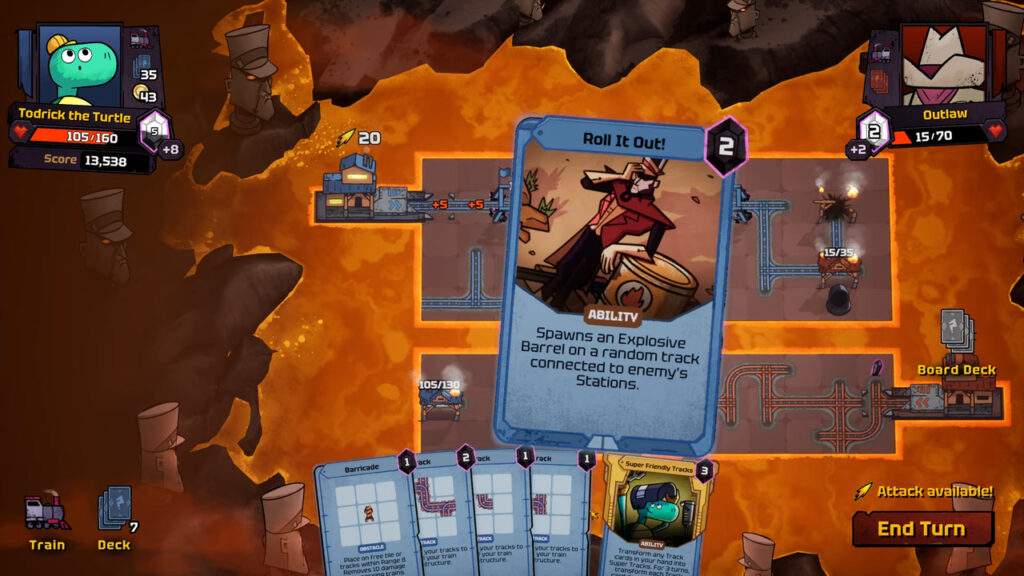
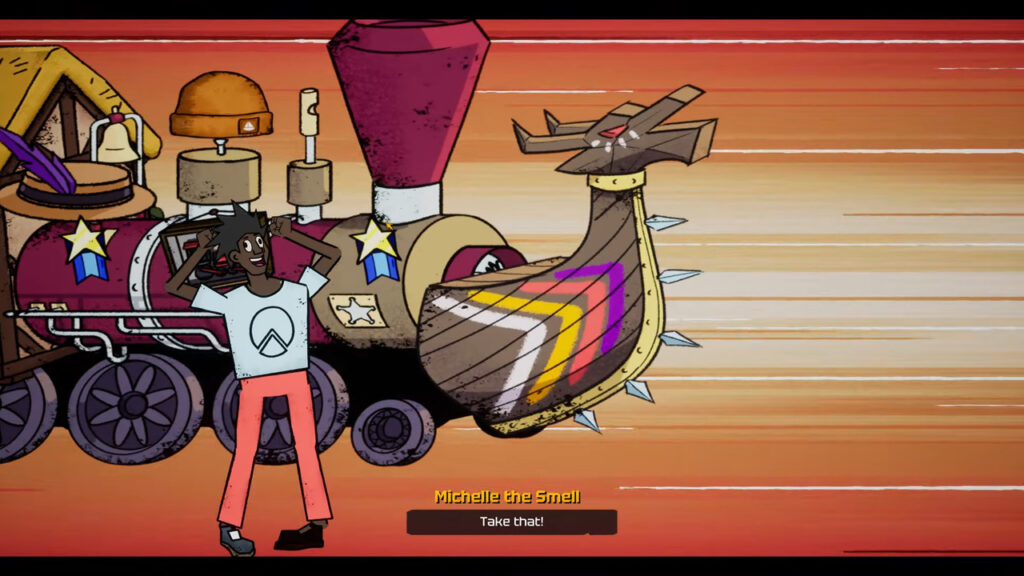
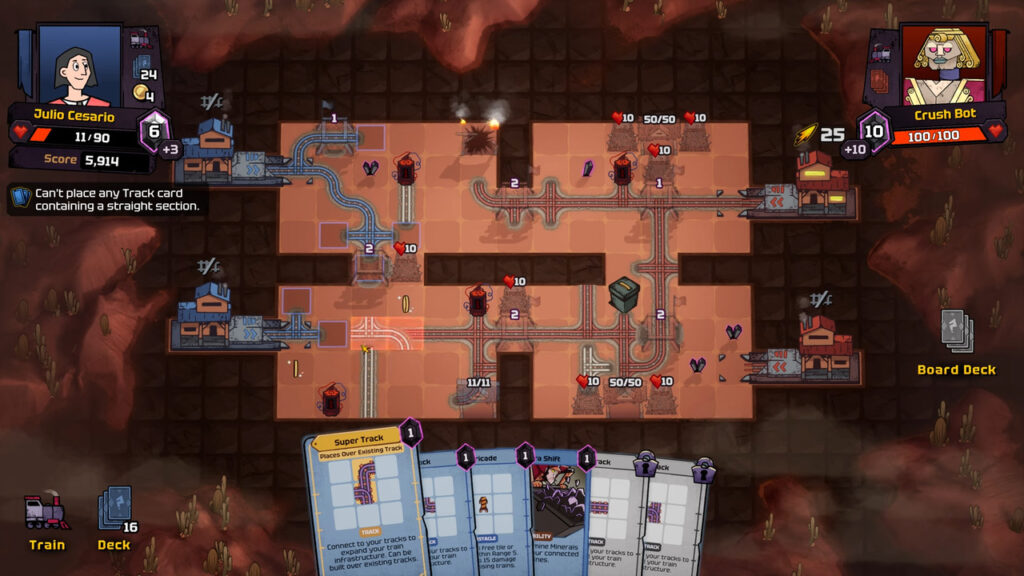
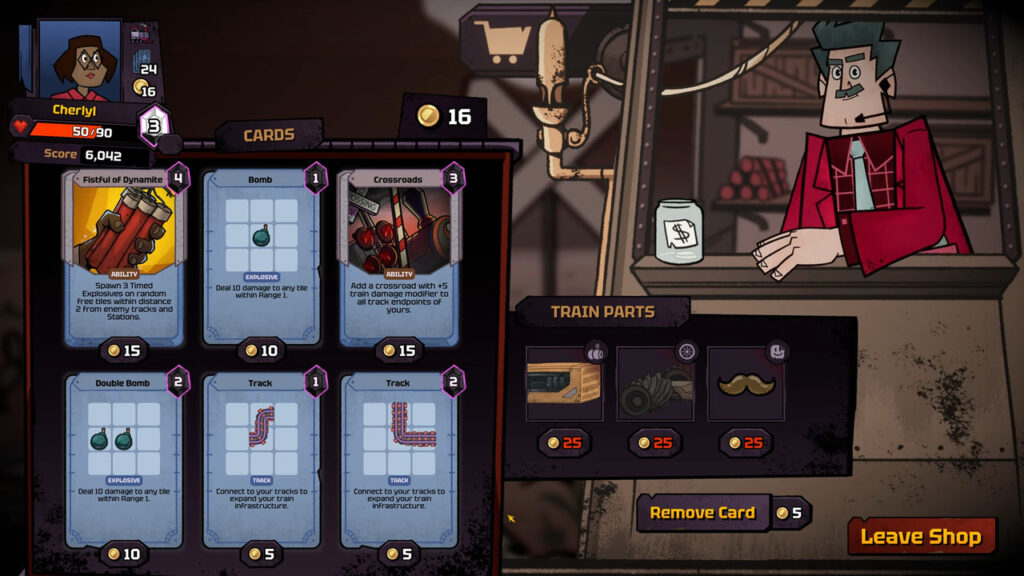




No Comments